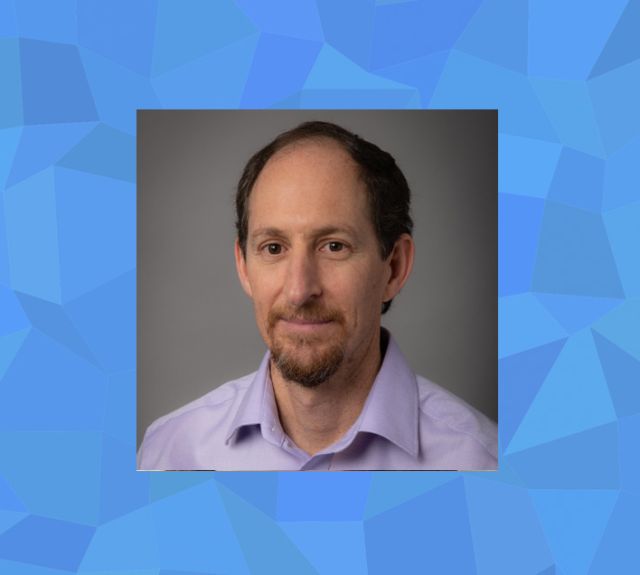Feb 18 (Tue) @10am: "Quantum Nanophotonics Using Heterogeneous Materials Integration: From Single Photons to Integrated Lasers,” Richard Mirin, NIST

Location: Engineering Science Building, Room 2001
Abstract
The Quantum Nanophotonics Group at the National Institute of Standards and Technology (NIST) in Boulder, CO develops new semiconducting and superconducting technologies for advanced metrology needs such as quantum information science and positioning, navigation, and timing (PNT). My group has specific expertise in III-V semiconductor heterostructures grown with molecular beam epitaxy, heterogeneous materials integration using wafer bonding, and superconducting single-photon detectors and electronics. We apply this expertise to address problems in quantum information science, neuromorphic computing, chip-scale nonlinear optical devices, semiconductor manufacturing, and low-light level imaging cameras. In this seminar I will describe how various projects in my group utilizes microfabrication to demonstrate high-performance superconducting nanowire single-photon detectors, epitaxial InAs quantum dots for single-photon sources and quantum transduction, and chip-scale integrated photonic devices including integrated semiconductor lasers with wavelengths less than 1 um which can be used to address atoms and ions used for quantum information science and PNT.
Bio
Richard Mirin received the BS degree in Electrical Engineering and Materials Science from the University of California, Berkeley in 1990 and the MS and PhD degrees in Electrical Engineering from the University of California, Santa Barbara in 1992 and 1996, respectively. In October 1996 he joined the Optoelectronics Division of the National Institute of Standards and Technology (NIST) in Boulder, Colorado. He is currently the Quantum Nanophotonics Group Leader in the Applied Physics Division of NIST. His research interests include molecular beam epitaxy of III-V semiconductors, heterogeneous materials integration for classical and quantum systems, single-photon sources and detectors, and chip-scale nonlinear optics. He is an Associate Editor of the journal Optica and an Advisory Board member for the North American Conference on Molecular Beam Epitaxy (NAMBE). He is a fellow of IEEE and Optica (formerly OSA). He is the recipient of several Dept. of Commerce medals, including a gold medal in 2016 for the demonstration of a loophole-free Bell experiment using entangled photon pairs, which showed there are no hidden local variables in quantum mechanics.
Hosted by: ECE Department